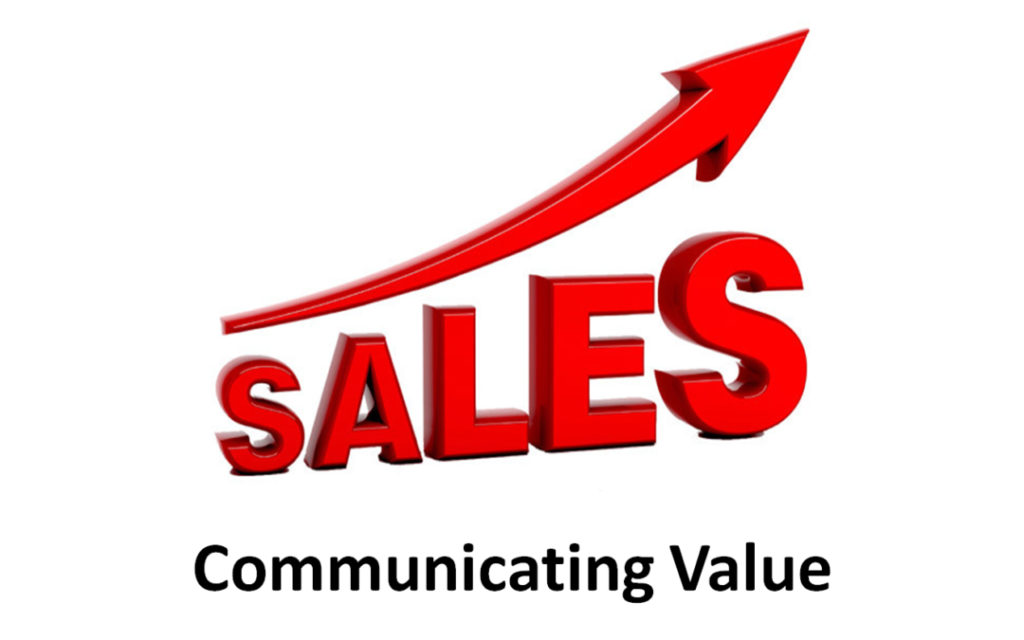Everything The CEO Optometrist Needs To Know About Human Resources – Part 1- What is HR?

First used in the 1980s, Chrysler Corporation business executive Lee Lacocca stated: “In the end, all business operations can be reduced to three words: people, product, and profits. People come first”.
Human Resources (HR) is often one of the more complex aspects of running a small business, especially when managing an optometry practice. The intricacies of working with people don’t always fit neatly on a spreadsheet, yet HR is incredibly important. Employee salaries and benefits often represent a significant portion of your operating expenses, so effectively managing your team is essential.
In this two-part series, I will give you an overview of what HR is, why it’s important, and how you can successfully implement it in your practice. In Part 2, I’ll provide you with tools and templates to create your own employee manual. So, stay tuned for the next post! But first, let’s start with the basics: What exactly is HR?
What is Human Resources?
According to HumanResourcesEdu.com:
Human resources is used to describe both the people who work for a company or organization and the department responsible for managing resources related to employees. The term human resources was first coined in the 1960s when the value of labor relations began to garner attention, and when notions such as motivation, organizational behavior, and selection assessments began to take shape.
Human resource management focuses on several critical areas, including:
- Recruiting and staffing
- Compensation and benefits
- Training and development
- Labor and employee relations
- Organizational development
In essence, human resource management involves developing and administering programs that are designed to increase the effectiveness of your practice. It encompasses everything from recruitment to managing the employer-employee relationship.
For most businesses, the HR department is responsible for:
- Managing job recruitment, selection, and promotion
- Developing and overseeing employee benefits and wellness programs
- Promoting employee career development and job training
- Providing guidance regarding disciplinary actions
- Serving as a primary contact for work-site injuries or accidents
As a private practice owner, you likely didn’t start your career thinking you’d also be an HR manager. However, whether you knew it or not, this responsibility comes with the territory.
My HR Journey
When I first started my practice, I had little understanding of HR. Like many, I thought HR only applied to large corporations. As a result, my employee turnover rate was over 75% during my first seven years of operation. Can you believe that? If you’re struggling with HR, trust me—you’re not alone!
Once I realized how much I needed to learn, I began researching HR management and wrote down key insights to guide me. Below are five areas that I found to be essential for effective HR management in a small optometry practice.
5 Key Focus Areas for HR Management
1. Define and Align Organizational Purpose
Your employees need to clearly understand why your practice exists and how their roles connect with that purpose. Creating an employee handbook is the best way to communicate this.
A well-crafted employee handbook ensures that everyone is treated fairly and consistently while adhering to the purpose of your organization. This fosters a sense of clarity and loyalty among your team. Without a clear handbook, you risk favoritism, confusion, and employee dissatisfaction.
2. Recruit the Best Talent with an Employee Value Proposition (EVP)
To attract the right people, you must craft an honest and compelling Employee Value Proposition (EVP). False advertising about your practice’s culture or demands will lead to poor hires and high turnover. For example, if you see 40 patients per day, mention that upfront.
Rushing to hire can be a costly mistake. As the saying goes, “Fire fast, hire slow.” Be diligent in finding candidates who align not just with the job requirements but also with your practice culture.
3. Focus on Employee Strengths
Understanding your employees’ strengths and putting them in roles where they can excel is critical. Many small business owners struggle with properly classifying workers, which can lead to issues with the IRS.
If you’re unsure whether to classify someone as an employee or contractor, consult with a professional. Misclassifying workers can lead to legal complications. A good resource to explore is Good to Great by James C. Collins—it provides valuable insights into building a strong, efficient team.
4. Create Organizational Alignment
Your team’s achievements must align with your practice’s goals. While small businesses often foster close relationships, remember that employees still need structure, clear expectations, and leadership. You can be approachable and friendly while maintaining your role as the leader who sets the tone for the practice.
5. Understand Relevant Federal Laws
As a practice owner, you must be aware of federal laws regarding overtime, wages, and employee classification. Many small business owners unknowingly make mistakes that could lead to significant legal issues. One important law to understand is the Fair Labor Standards Act, which outlines standards for wages and overtime.
If you’re unsure, it’s always wise to consult with a legal professional to ensure your policies and practices comply with both federal and state laws.
Conclusion
HR may seem overwhelming, but now you understand the five essential components of managing your practice’s human resources. It’s a complex field, but mastering these basics can significantly improve your team’s effectiveness and your practice’s success.
For those of you eager to dive deeper, I recommend exploring topics like HR best practices, talent management, and HR innovation.
In Part 2, I’ll provide the essential documents you need for your HR department and templates for creating your own employee manual.
Need Help?
If you’re thinking, “This sounds great, but I need help putting my manual together,” you’re in luck! Through my CEO of YOU™ consulting program for private practices, I can help you create a custom employee manual and more. Sign up today and let’s take your practice to the next level!
Until next time, remember to Dream Big, Take Risks, and Become the CEO of YOU™!






Responses